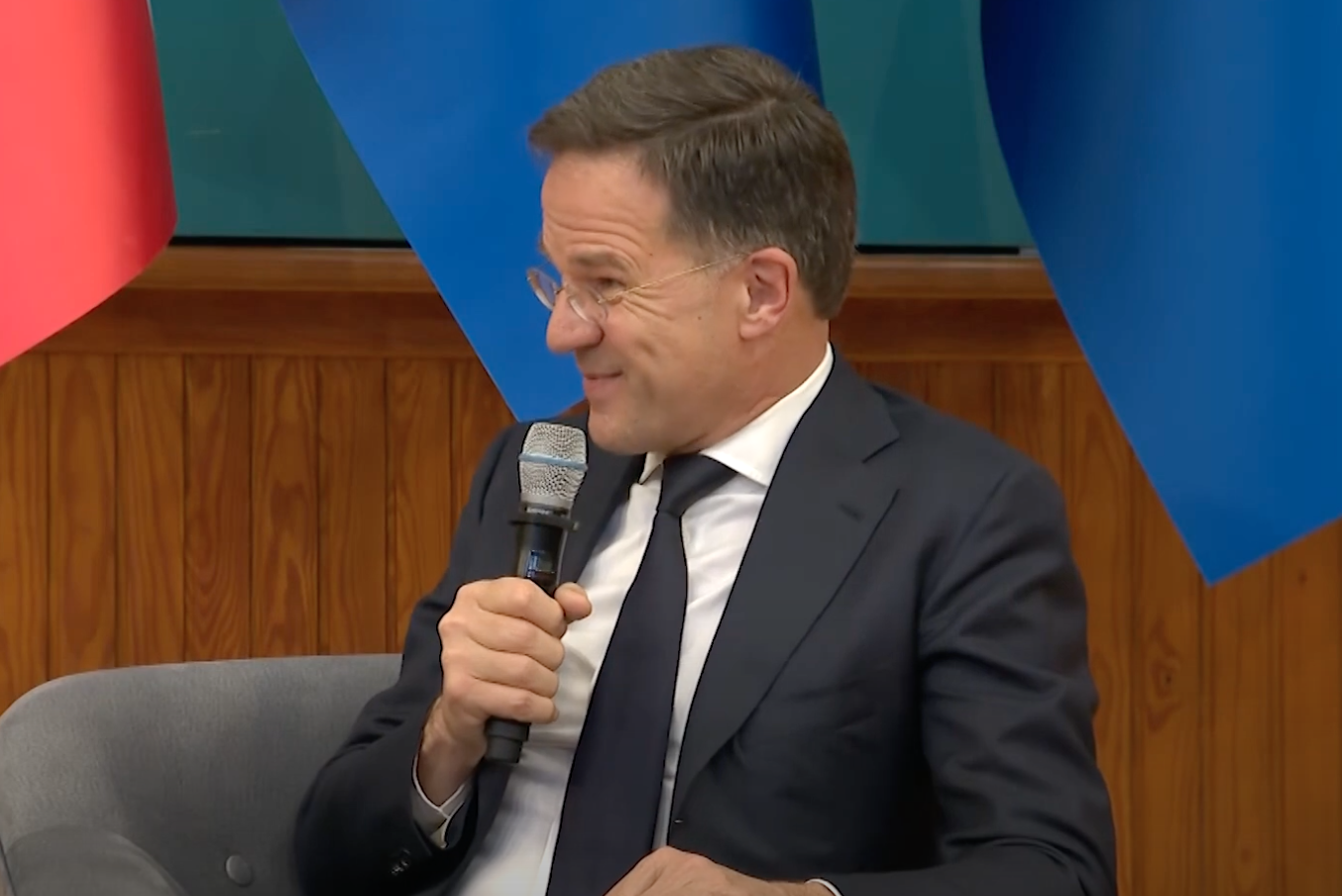NATO's chief officer delivered a pointed critique of Russia's naval capabilities on 13 October, using the circumstances of a Russian submarine's recent surfacing to illustrate what he characterized as Moscow's deteriorating military position in the Mediterranean.
Mark Rutte, speaking in Slovenia, said the Novorossiysk submarine was "a lone and broken Russian submarine limping home from patrol," according to Reuters. He invoked a cultural reference to underscore his assessment: "What a change from the 1984 Tom Clancy novel 'The Hunt for Red October'. Today, it seems more like the hunt for the nearest mechanic," Rutte said.
The submarine surfaced near the coast of Brittany in northwestern France last week, triggering NATO Maritime Command to deploy a French Navy frigate for surveillance operations. NATO's statement on 9 October said: "A French Navy frigate conducts surveillance of the Alliance's maritime approaches, marking the presence of a Russian submarine operating on the surface off the coast of Brittany."
On 11 October, the Dutch defence ministry disclosed that the Dutch navy had escorted both the Novorossiysk and an accompanying towing vessel, the Yakov Grebelsky, in the North Sea, indicating the submarine was being towed.
Russia's Black Sea Fleet disputed this characterization. The fleet stated the submarine was conducting a "scheduled inter-fleet transit" after completing tasks in the Mediterranean and had surfaced to comply with navigation rules in the English Channel. According to TASS, the vessel entered service in 2014 and is part of a group of submarines that carry Kalibr cruise missiles.
However, alternative accounts of the incident suggest operational difficulties. VChK-OGPU, a Telegram channel that publishes purported Russian security leaks, reported on September 27 that fuel was leaking into the hold of the Novorossiysk, raising the risk of an explosion. The channel stated: "Fuel began to flow directly into the hold, creating an explosive-hazard situation." It further reported that "the crew did not have the necessary spare parts or specialists needed to fix the malfunction," which prevented the submarine from continuing submerged operations.
Rutte's comments reflected NATO's broader assessment of Russian naval capacity. "Now, in effect, there is hardly any Russian naval presence in the Mediterranean left," he said, according to Reuters. "There's a lone and broken Russian submarine limping home from patrol."
The Novorossiysk is a Kilo-class diesel-electric submarine assigned to the 4th Separate Submarine Brigade of Russia's Black Sea Fleet. According to available records, the vessel was laid down in Saint Petersburg in 2010, launched in 2013, and entered service with the Russian Navy in 2014.
NATO's response emphasized operational readiness. "NATO stands ready to defend our Alliance with constant vigilance and maritime awareness across the Atlantic," NATO Maritime Command posted on the social media platform X without initially naming the submarine.
The incident comes amid broader losses to Russia's naval infrastructure. In December 2024, the Russian cargo ship Ursa Major sank in the Mediterranean following an explosion off the coast between the Spanish city of Aguilas and the Algerian port of Oran. According to OSINT analysts, the vessel was designed for evacuating Russian bases in the Syrian cities of Tartus and Khimim, alongside several other ships.
The appearance of the Novorossiysk on the surface, whether due to technical failure or as Moscow claims, routine navigation compliance, has provided NATO officials with an opportunity to characterize Russian military operations in Western waters as degraded and increasingly dependent on external support.




